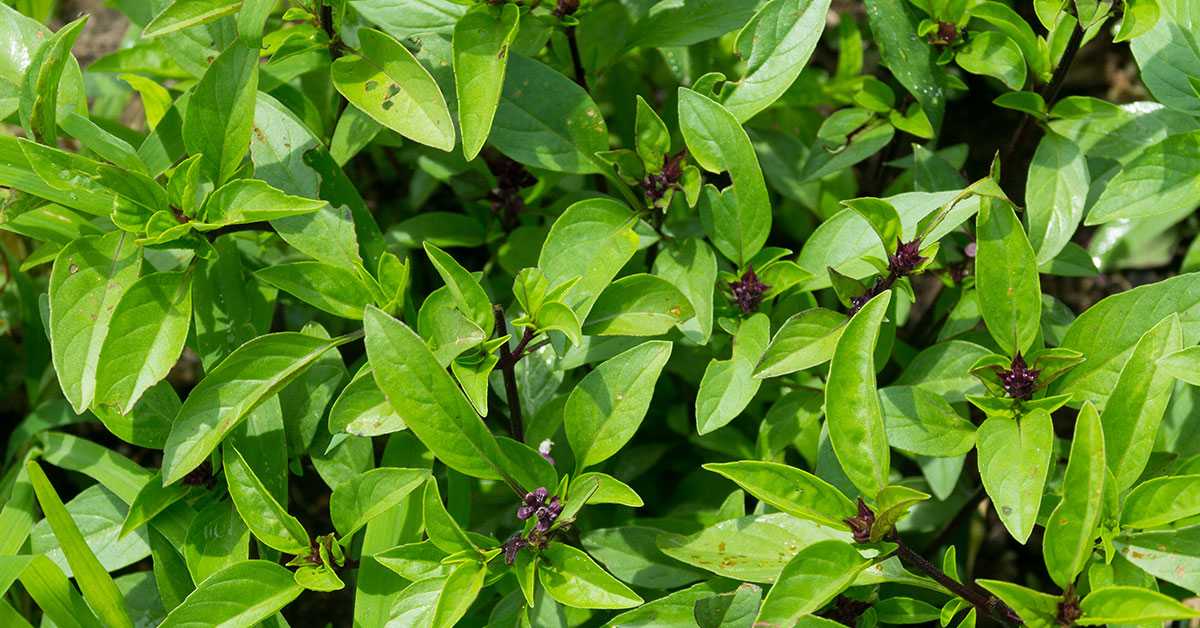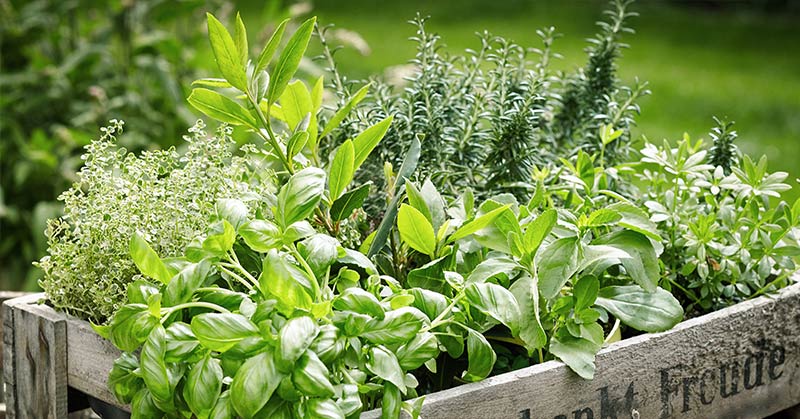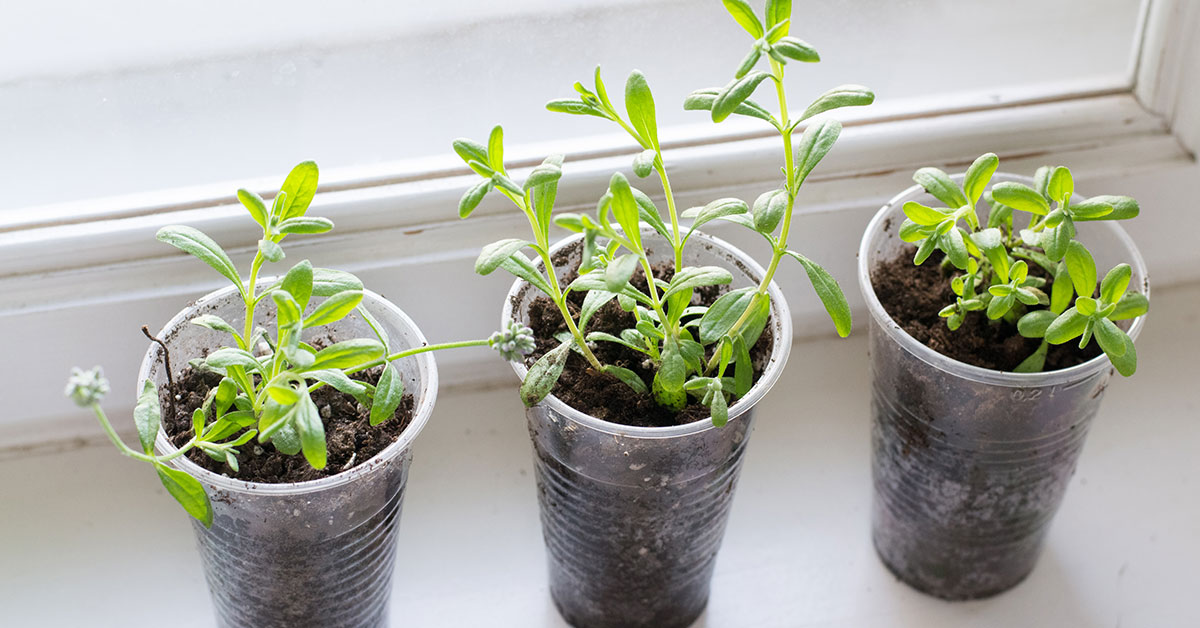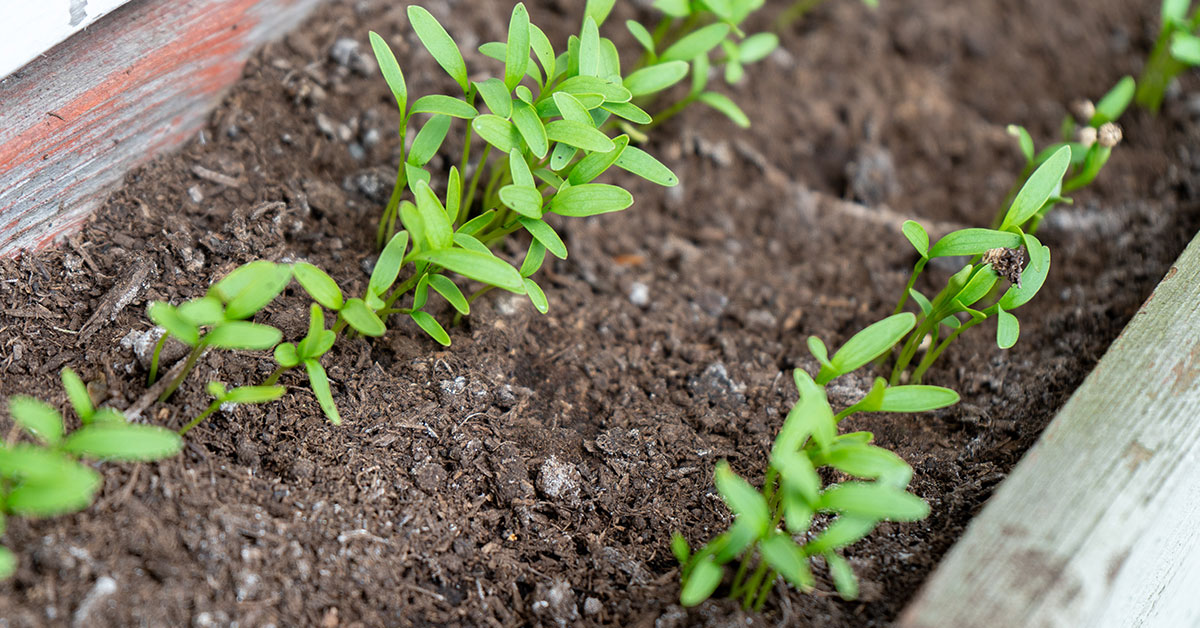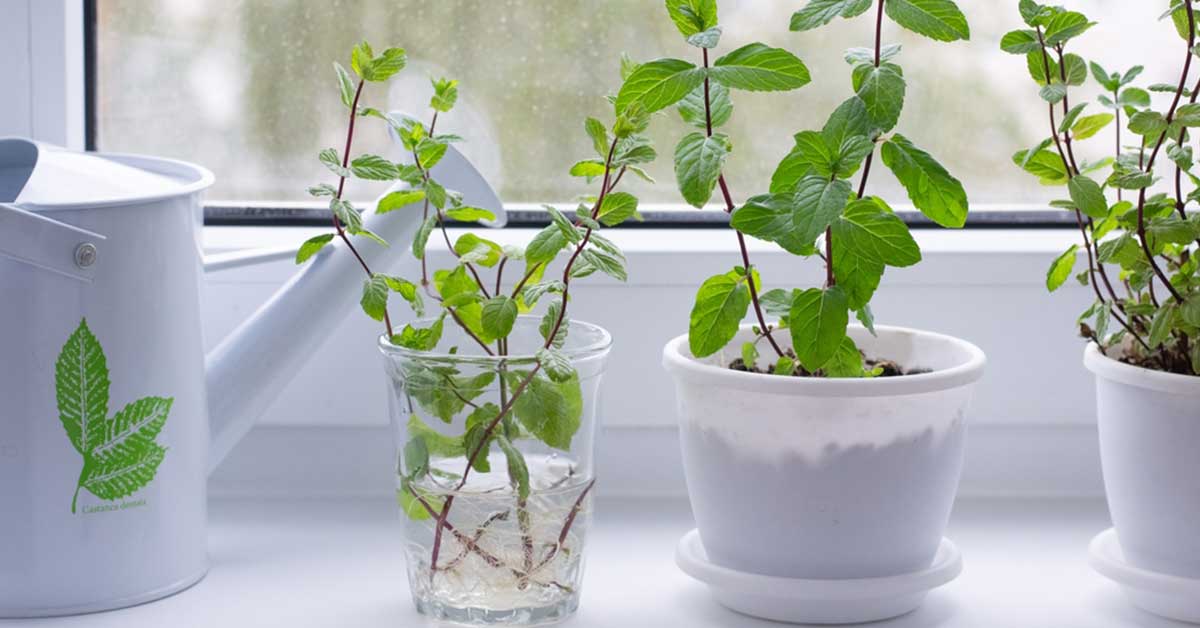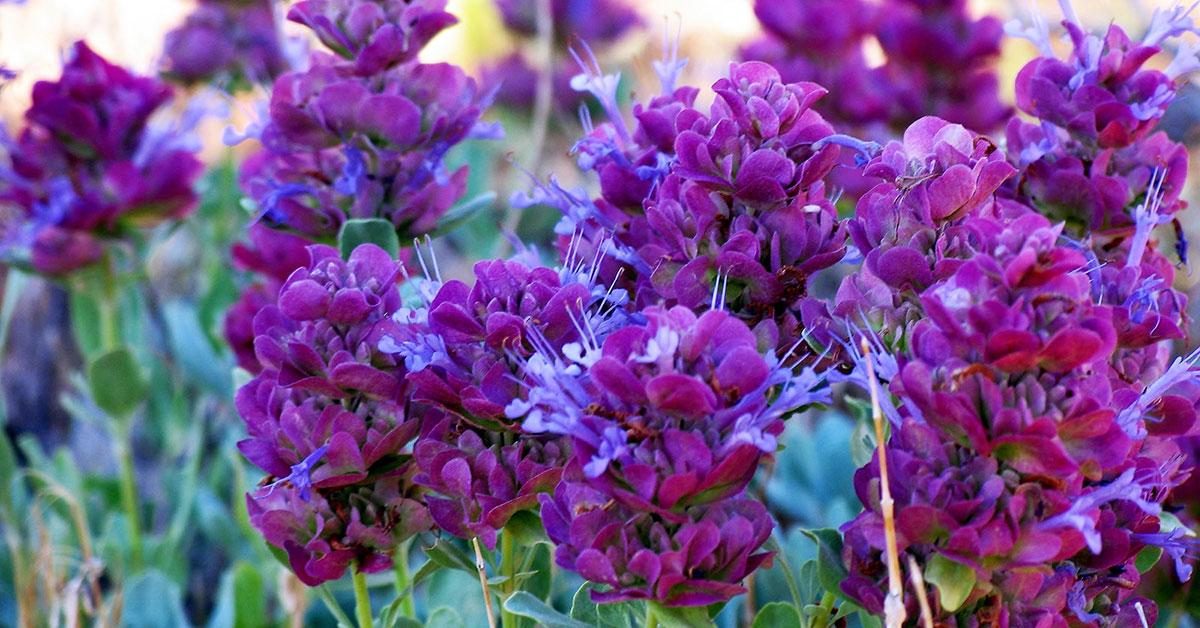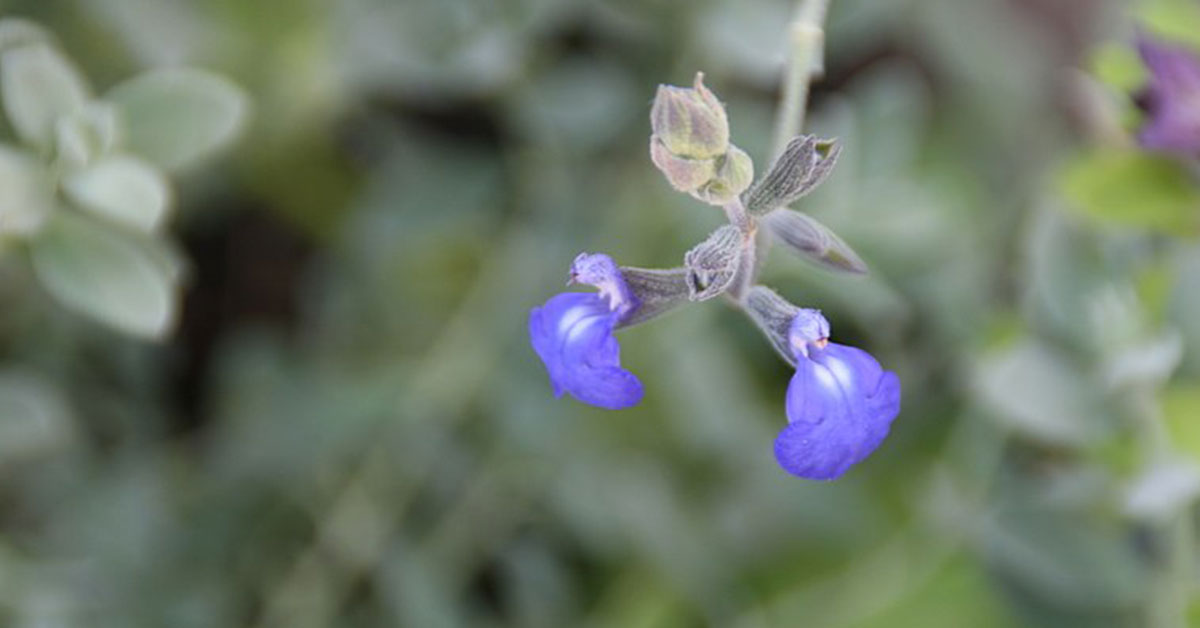Anise Basil is a unique herb that is known for its distinctive licorice-like flavor and aroma. This herb is a member of the basil family, but its taste and scent set it apart from the other varieties. Anise Basil is commonly used in cooking and herbal medicine, as it has many health benefits. It is easy to grow and can be used in a variety of dishes, making it a versatile and valuable addition to any herb garden or kitchen. In this blog post, we will explore the many uses and benefits of Anise Basil and share some tips on how to grow and use it in your own cooking and wellness routines.
What is a Anise Basil?
Anise basil is a unique and flavorful herb that is a member of the basil family. It is also known as Thai basil or licorice basil, due to its sweet and slightly spicy flavor profile that is similar to anise or licorice. The herb is commonly used in Southeast Asian cuisine, particularly in Thai, Vietnamese and Indonesian dishes, and is a staple ingredient in many curries, stir-fries, and soups.
This herb has a distinctive appearance, with dark green leaves and purple stems that add a pop of color to any dish. The herb is easy to grow and can be cultivated in a variety of climates, making it a popular choice for home gardeners and chefs alike.
In addition to its unique flavor and appearance, it also has a long history of use in traditional medicine. It is believed to have a range of health benefits, including acting as an anti-inflammatory, aiding digestion, and reducing stress and anxiety.
Overall, anise basil is a versatile and flavorful herb that adds a unique twist to a variety of dishes. Whether you’re an adventurous home cook or a professional chef, it’s definitely worth adding this herb to your culinary arsenal.
What makes Anise Basil different from other varieties?
Anise basil, also known as Thai basil or licorice basil, is a unique variety of basil that has a distinct licorice and anise flavor. Unlike other basil varieties, this herb has a slightly purplish stem and leaves with a darker green color. The leaves are also narrower and pointier than sweet basil.
One of the distinctive features of this basil variety is its aroma. When the leaves are crushed or rubbed, they release a strong and sweet fragrance that is similar to licorice. This aroma makes it a popular ingredient in many Asian dishes, especially Thai cuisine.
Another characteristic that sets it apart from other basil varieties is its flavor. The licorice and anise flavor is stronger and more assertive than other varieties, making it a great addition to savory dishes that need a pop of flavor. It pairs well with spicy and sweet flavors, making it a versatile herb in the kitchen.
Anise basil is also known for its medicinal properties. It contains high levels of antioxidants and has been shown to have anti-inflammatory and antibacterial properties. It is often used in traditional medicine to treat digestive disorders and respiratory problems.
In summary, this herb is a unique variety of basil with a distinct licorice and anise flavor. Its aroma and flavor make it a popular ingredient in many Asian dishes, and it also has medicinal properties. If you’re looking to add a new and exciting flavor to your cooking, try incorporating anise basil into your recipes.
How to grow Anise Basil
Are you interested in growing your own Anise Basil? This herb is a popular choice for both culinary and medicinal purposes, and it’s relatively easy to grow. Here are some tips on how to get started:
- Choose the right location: This herb prefers a warm and sunny location, so choose a spot in your garden that gets at least 6 hours of direct sunlight each day.
- Prepare the soil: It prefers well-draining soil that’s rich in organic matter. You can amend your soil with compost or other organic matter to improve its nutrient content and drainage.
- Plant the seeds: This herb can be grown from seeds, which should be sown in the spring after the last frost. Plant the seeds about 1/4 inch deep and 6 inches apart.
- Water regularly: It likes to be kept moist but not waterlogged. Water your plants regularly, especially during dry spells.
- Fertilize as needed: This herb doesn’t require a lot of fertilizer, but you can give it a boost with a balanced fertilizer once or twice during the growing season.
- Harvest regularly: You can start harvesting Anise Basil leaves once the plant is about 6 inches tall. Pinch off the leaves as needed, being careful not to remove more than one-third of the plant at a time.
By following these simple steps, you can grow Anise Basil in your own garden and enjoy its unique flavor and aroma in your cooking and teas. Give it a try!
Growing tips
If you’re interested in growing anise basil, there are a few tips that can help ensure a successful harvest. Here are some other tips for growing this herb:
- Plant in well-draining soil: It prefers soil that drains well. If the soil doesn’t drain well, the roots can become waterlogged and the plant may not grow well.
- Provide plenty of sunlight: Anise basil needs plenty of sunlight to grow well. It’s best to plant anise basil in a location that gets at least six hours of sunlight per day.
- Water regularly: This herb needs regular watering to grow well. However, be careful not to overwater, as this can lead to root rot.
- Fertilize periodically: l benefits from periodic fertilization. Use a balanced fertilizer every four to six weeks during the growing season.
- Prune regularly: Pruning it helps promote bushy growth and prevents the plant from becoming too leggy. Pinch off the tips of the stems regularly to encourage new growth.
- Harvest frequently: This herb is best harvested frequently to prevent the plant from going to seed. Harvest the leaves as needed for cooking, and pinch off any flowering stems to prevent the plant from putting energy into seed production.
By following these tips, you can help ensure a successful harvest of anise basil.
Common problems
Anise Basil is a popular herb that is widely used in many cuisines. It has a licorice-like flavor and aroma, which makes it a perfect ingredient for many dishes. However, growing Anise Basil can be a challenging task. In this blog section, we will discuss some of the common problems that gardeners face while growing this herb.
- Poor Soil Quality: It requires well-draining soil that is rich in nutrients. Poor soil quality can lead to stunted growth and reduced yield. To avoid this problem, you can amend the soil with organic matter such as compost or well-rotted manure.
- Overwatering: Overwatering can lead to root rot and other fungal diseases. Anise Basil prefers a moderate amount of water, and the soil should be allowed to dry out between watering. Ensure that the soil is moist but not waterlogged.
- Pests: Anise Basil is susceptible to many pests, including aphids, spider mites, and whiteflies. These pests can cause damage to the leaves and stems, leading to reduced yield. You can control these pests by using insecticidal soap or neem oil.
- Diseases: This herb is prone to fungal diseases such as powdery mildew and downy mildew. These diseases can cause yellowing of the leaves and stunted growth. To prevent these diseases, ensure that the plants have good air circulation and avoid overhead watering.
- Temperature: Anise Basil prefers warm temperatures and cannot tolerate frost. If the temperature drops below 50°F, the plant may suffer from cold stress, leading to reduced yield.
In conclusion, growing Anise Basil requires proper care and attention. By addressing these common problems, you can ensure a healthy and thriving Anise Basil plant.
Uses
Anise Basil is a versatile herb that is commonly used in cooking, herbal medicine, and aromatherapy. Here are some of the most popular uses for this herb:
- Culinary Uses: This herb has a sweet, licorice-like flavor that is commonly used in Mediterranean and Middle Eastern cuisine. It can be used fresh or dried and added to soups, stews, salads, and sauces. It is also a popular herb for making tea and infusing oils and vinegars.
- Medicinal Uses: This herb has many health benefits and is used in herbal medicine to treat a variety of ailments. Some studies have shown that Anise Basil can help to reduce inflammation, improve digestion, and relieve stress and anxiety. It is also used as a natural remedy for colds, coughs, and respiratory infections.
- Aromatherapy Uses: It has a sweet, uplifting scent that is commonly used in aromatherapy. It is believed to have a calming effect on the mind and body, and can help to reduce stress and anxiety. Anise Basil essential oil can be diffused or added to a bath to promote relaxation and improve mood.
Overall, Anise Basil is a versatile herb that can be used for a variety of purposes. Whether you are using it in cooking, herbal medicine, or aromatherapy, Anise Basil is a great addition to any home.
